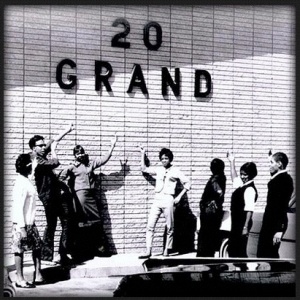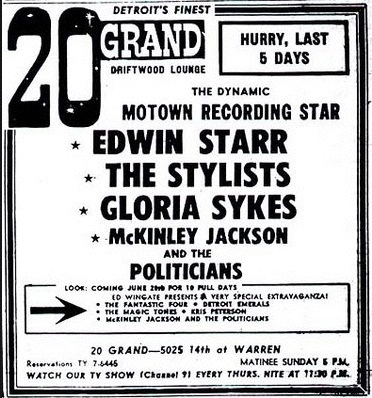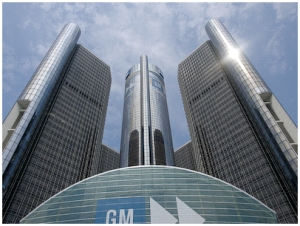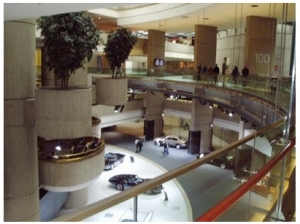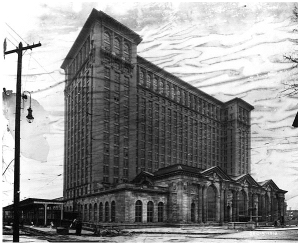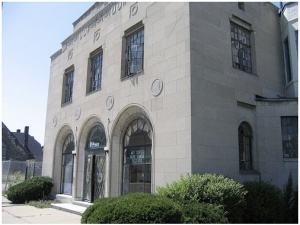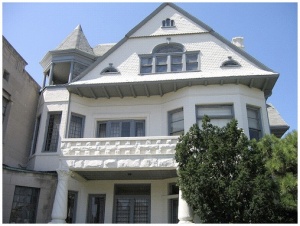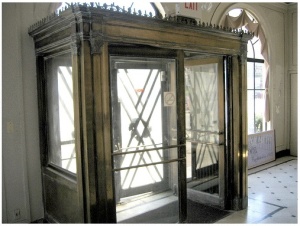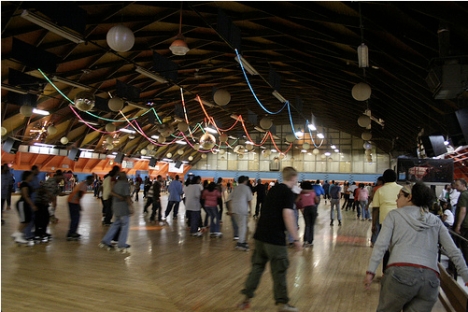I love lovesongs. In their best form, they remind us of how the way we love people is connected to the way we love the world.
From the first listen of Monica Blaire’s Portraits of Me, back in 2006, the song “Set Me Free” stayed stuck in my head. Maybe it was speaking to a feeling of unrequited love in my life at that moment, or the residue of that feeling leftover from years past.
Beyond whatever personal connection I felt to the song, “Set Me Free” captures the universal experience of pleading with the thing you love to love you back.
It was the way she introduced this song last week when I saw her perform at the Charles H. Wright Museum of African American History, that made me appreciate “Set Me Free” on a new level.
She was at the climax of, arguably, the best performance she’s ever given, accompanied by two saxophones, a trumpet, a trombonist, drummer and drum machine, keyboardist, electronic flutist and two backup singers. She paused to make this point.
To the best of my recollection, she said–
How many people here get up and go to work every day?
How many people get up and go to work, knowing that you won’t get paid?
As independent artists in Detroit, we work for free all the time.
We write these songs in basements, in the middle of the night, after everybody has gone to sleep.
But we do it for the love.
I’m so honored that everybody came out tonight to show love.
Because I love this city. I’m so honored to be from this city and to be loved by all of you.
But the tone of her voice was more important than the words, electric with the reverberations of having just poured every cell of herself into the performance and also vulnerable, asking for us to love her like her life depended on it. And at that moment, it was so easy for everyone there to say hell yes, we are yours. Our love is something you can depend on. Then she performed “Set Me Free:”
I’ll be excited, as long as your kissing me/
I’ll be devoted, as long as your missing me/
but if you don’t want me, then that’s where the end will be/
Oh baby/
Just set me free…
Independent artists are told (and tell themselves) that they’ll never be appreciated in Detroit, that the only way to be successful is to leave. In a lot of ways this is true. People in Detroit are going through it. Someone just got laid off, someone else has no gas money AND a flat tire, someone else’s athsma is flaring up because she lives next to an incinerator. At the end of a lot of people’s days, it’s hard to show love.
Many of Detroit’s most talented artists end up leaving, and it’s hard to blame them. When you’re as good as Detroit musicians are, you deserve packed shows with people who know all the words and will keep their hands up the whole time. You deserve to be supported by ticket and record sales.
But every day I’m more amazed at how people fight to stay here, to make it work. “Set Me Free” is an anthem for that struggle. With every note it screams: I love you, I don’t want to leave you. I’m willing to work hard but I need you to work hard too. Love me back and I’ll never leave you, but take me for granted and I’m gone.
Detroit needs our artists as much as we need jobs or public transportation or filled-potholes. There was a time when music was one of Detroit’s greatest exports and that could be the case again, if we are able to invent a new kind of infrastructure that thrives off independent artists and cooperative businesses rather than major labels.
On a spiritual level, Detroit artists call us to revival. Whether Blaire’s show at the museum the other night, or the deep-hearted performance Finale gave at his album release party last month, or the experience of seeing Black Milk tracks performed live with Will Sessions, or watching Invincible and Miz Korona mentor up-and-coming MCs every Tuesday at the Foundation, or Sicari, Dez and Frank Raines turning any weekday night into a dance party, or a Jeff Mills afterparty during the DEMF weekend that doesn’t stop till the sun comes up… Detroit artists make us believe in our epic city motto like it was our destiny: we will rise from the ashes, we hope for better days.
Go show them love:
http://emergencemusic.net/
http://monicablaire.com/
http://www.myspace.com/blackmk
http://www.myspace.com/finale
http://undergroundresistance.com/
 Last summer, as we were embarking on the second phase of the Live Arts Media Project, we held a training to prepare old LAMP youth to lead a summer program for new participants. In 2006, we had made
Last summer, as we were embarking on the second phase of the Live Arts Media Project, we held a training to prepare old LAMP youth to lead a summer program for new participants. In 2006, we had made 



